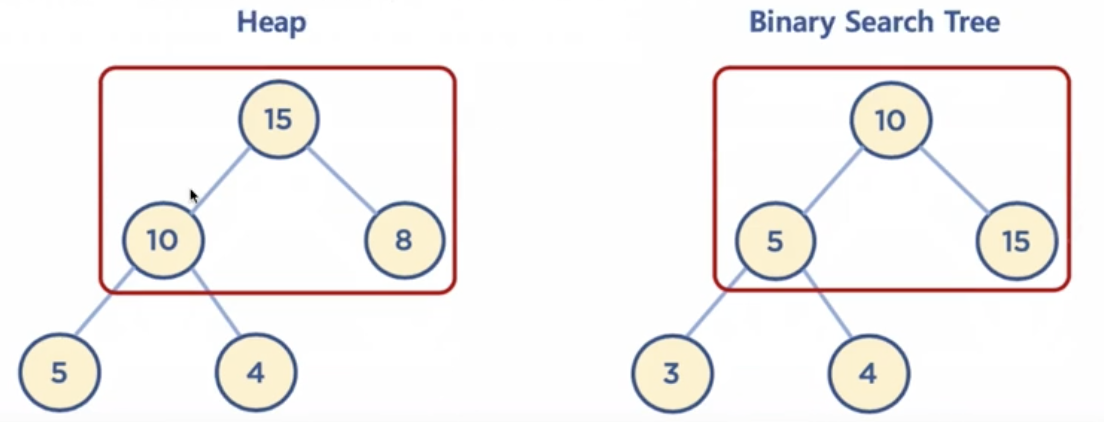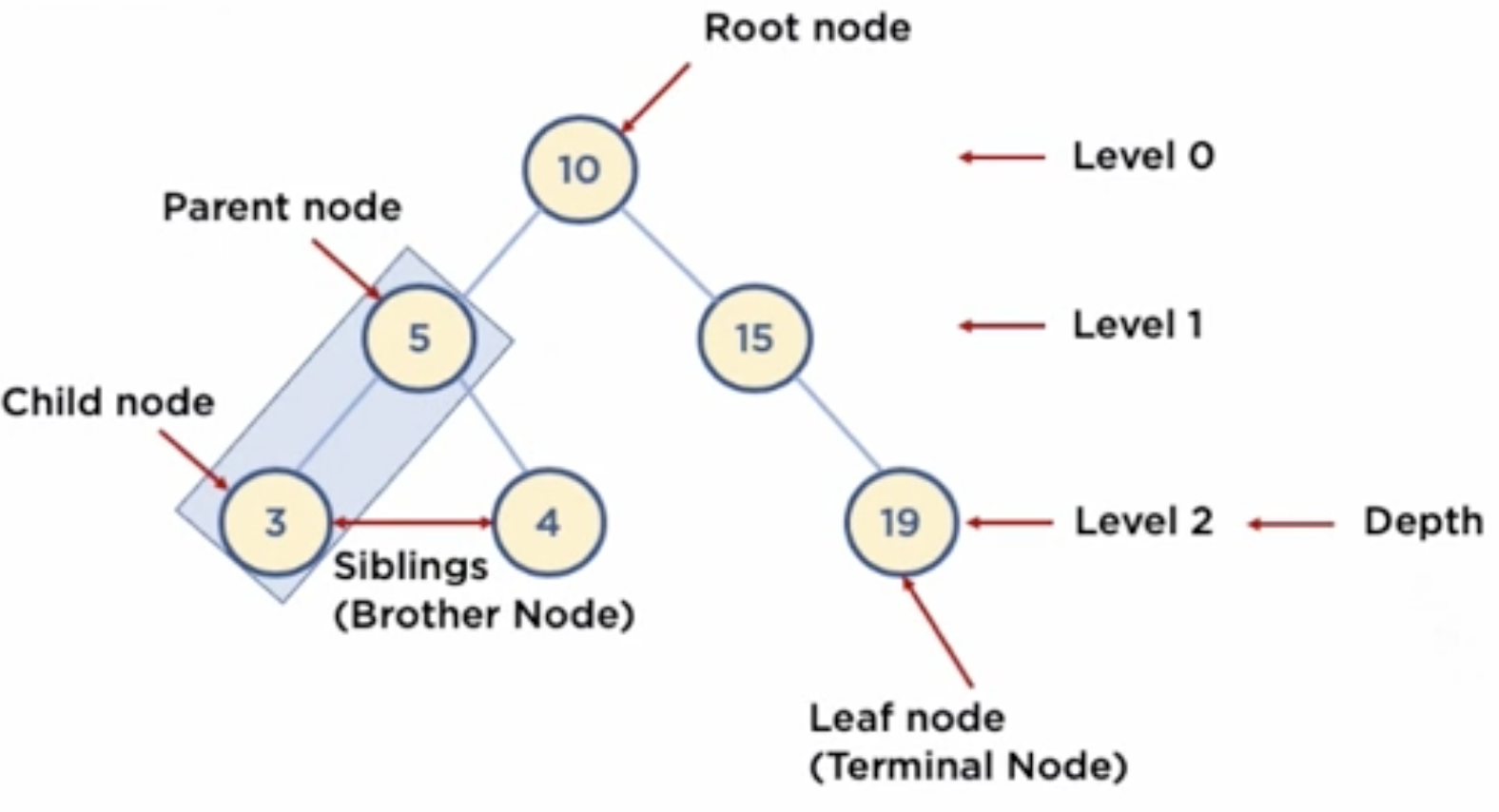문제 제목 : 블랙잭
난이도 : 하
문제 유형 : 배열, 완전 탐색
추천 풀이 시간 : 20분 (못하면 2배 40분)
https://www.acmicpc.net/problem/2798
2798번: 블랙잭
첫째 줄에 카드의 개수 N(3 ≤ N ≤ 100)과 M(10 ≤ M ≤ 300,000)이 주어진다. 둘째 줄에는 카드에 쓰여 있는 수가 주어지며, 이 값은 100,000을 넘지 않는 양의 정수이다. 합이 M을 넘지 않는 카드 3장
www.acmicpc.net
import java.util.*;
public class Main {
public static void main(String[] args) {
Scanner sc = new Scanner(System.in);
int n = sc.nextInt();
int m = sc.nextInt();
int[] arr = new int[n];
for (int i = 0; i < arr.length; i++) {
arr[i] = sc.nextInt();
}
int result = 0;
for (int i = 0; i < arr.length; i++) {
for (int j = i + 1; j < arr.length; j++) {
for (int k = j + 1; k < arr.length; k++) {
int sum = arr[i] + arr[j] + arr[k];
if (sum <= m) {
result = Math.max(result, sum);
}
}
}
}
System.out.println(result);
}
}'Algorithm > BAEKJOON' 카테고리의 다른 글
| [알고리즘-DP] 파도반 수열 (0) | 2023.01.20 |
|---|---|
| [알고리즘-DP] 2×n 타일링 (0) | 2023.01.20 |
| [자료구조-큐] 프린터 큐 (0) | 2023.01.20 |
| [자료구조-스택] 스택 수열 (2) | 2023.01.20 |
| [자료구조-배열] 음계 (0) | 2023.01.19 |

